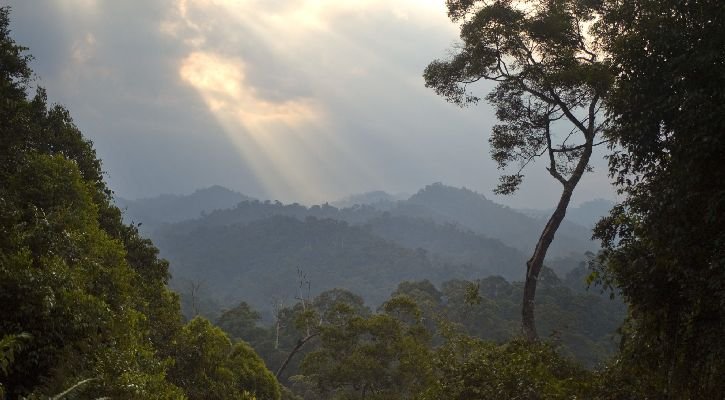Plants exchange energy, carbon and water with the atmosphere as a part of photosynthesis and respiration. They also try to save water by modulating water that reaches the atmosphere through process known as evapotranspiration.
Measurements have shown that temperature, vapour pressure deficits and heat loss from the soil which together determine how rapidly droughts intensify depend not only on climate but also on plants due to their own efforts to manage their water demand.
This was presented nicely in the context of what are known as Natural Climate Solutions (NCSs) by Bronson Griscom of Nature Conservancy and collaborators from across the world in a 2017 publication in the Proceedings of the National Academy of Sciences of USA.
The crux of their finding is that Natural Climate Solutions have maximum payout when implementation considers food and fibre security as well, besides biodiversity.
If carbon reduction is kept as the sole goal for reforestation and afforestation, we will lose the target on important socioeconomic factors of food and fibre security, especially for the developing world.
The portfolio of NCSs, therefore, must include conservation, restoration, and management of land use across forests, wetlands, grasslands and agricultural lands.
The forest-based solutions focus on reforestation and avoidance of forest loss and fire management.
The solutions under agricultural and grassland management rely on biochar (charcoal created by converting biomass into solid carbon to manage soil carbon, fertility and agricultural productivity), agroforestry, conservation agriculture, grazing and nutrient management.
Coastal and peat restorations fall under solutions for wetlands.
The inclusion of such solutions could offer many potential benefits such as improvements in water and soil quality, biodiversity and habitats, protection against floods, and overall enhancement of climate resilience.
More importantly, these also significantly enhance the probability of restricting global warming to less than 2 degree by 2050 by sequestering carbon and avoiding some greenhouse gas emissions.
This is a “India Science Wire” story; edited by Clean Future Team
